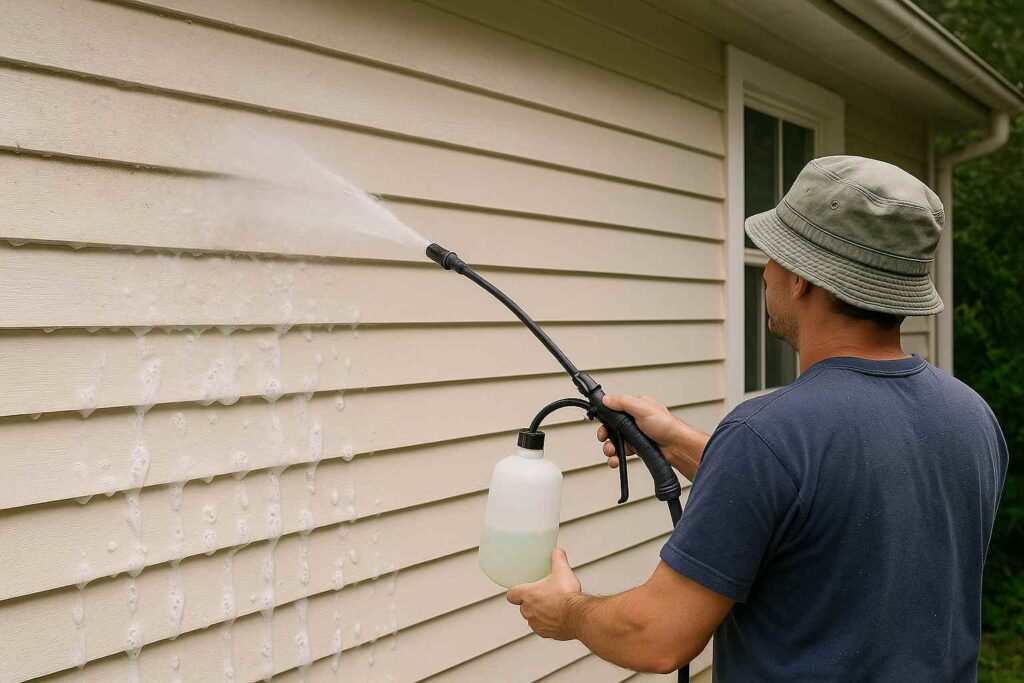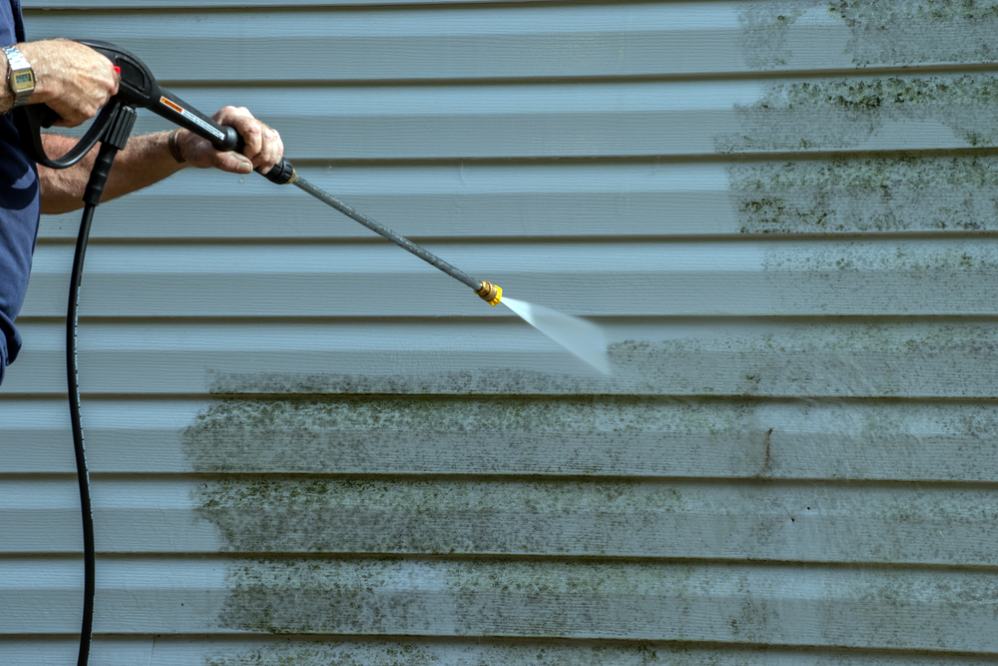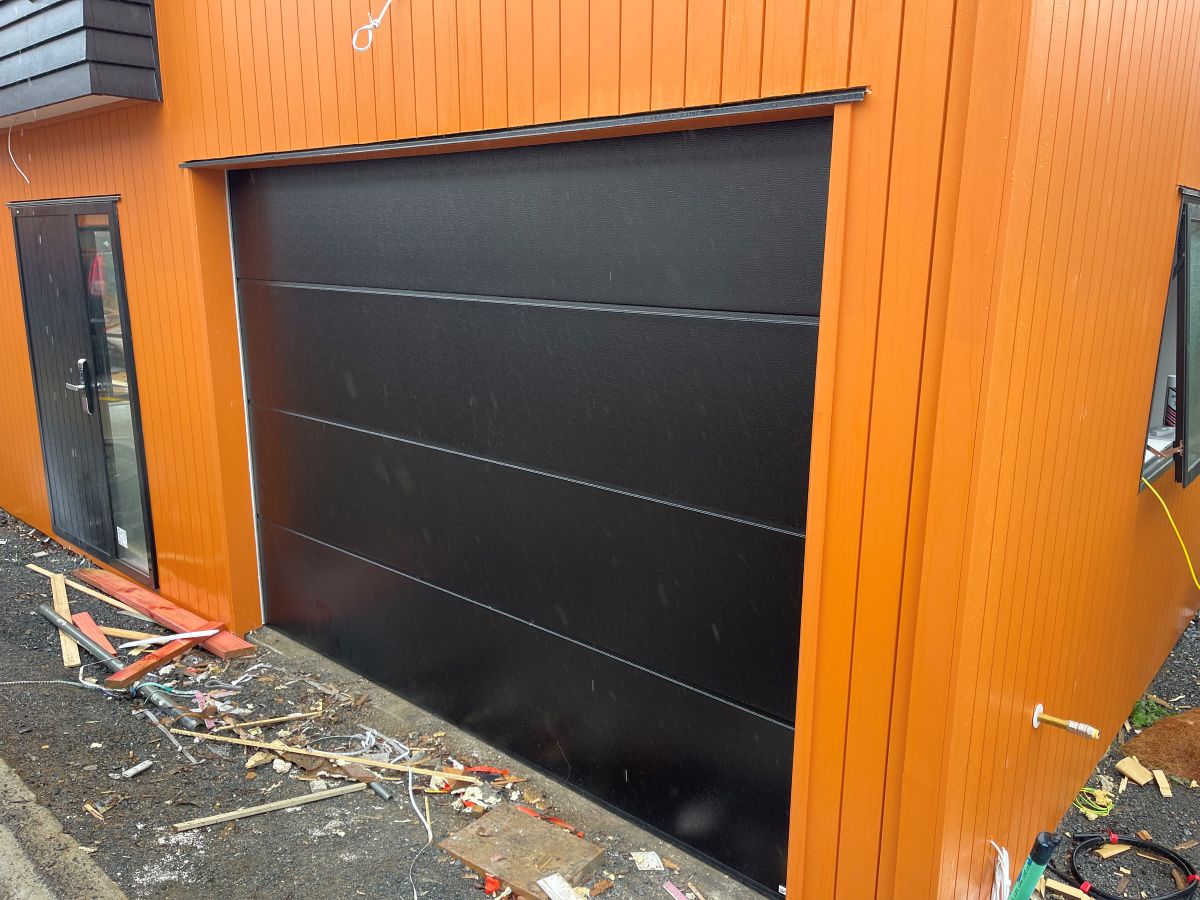Every homeowner wants their place to look good from the street. But when dealing with weatherboard cladding, keeping things tidy isn’t just about looks. It’s about preventing the kind of damage that can quietly build up and cost thousands over time.
Mould, mildew, grime and water staining are more than cosmetic problems. If left unchecked, they open the door to serious issues that can compromise not only appearance but also the structural integrity of the building.
Soft washing has become the preferred method among experienced professionals for good reason. It treats the source of surface contamination rather than simply blasting it away. Unlike pressure washing, which often causes more problems than it solves, soft washing is designed to care for weatherboard homes specifically.
In this article, learn how weatherboards respond to moisture, where pressure cleaning falls short, and what defines a quality soft wash service.
Key Takeaways
- Soft washing protects weatherboard homes by avoiding high-pressure damage
- Pressure washing can lead to timber swelling, mould, and long-term structural issues
- A proper soft wash process involves inspection, preparation, and low-pressure application
- Experienced services use tailored chemical mixes and eco-safe methods for safe results
- Regular soft washing keeps surfaces clean and extends the life of cladding and paintwork
What Makes Weatherboard Homes Vulnerable?
Weatherboard homes are iconic across New Zealand, offering timeless appeal and a classic finish. These homes are typically clad in timber products like cedar or treated pine, which provide a warm, natural look but come with unique maintenance requirements. The layered construction of weatherboards leaves gaps and joins that, over time, become more vulnerable to moisture, grime, and biological growth.
Timber naturally expands and contracts with seasonal changes. Combined with years of exposure to UV rays, wind, and humidity, this movement can break down protective coatings like paint and sealants. When these protective layers fail, the underlying timber becomes susceptible to water ingress. Moisture that makes its way behind the boards can trigger mould growth, cause swelling or warping, and even compromise the structural frame of the home.
Historic homes or those located in coastal and high-humidity areas are particularly at risk. It’s common to see deterioration go unnoticed until significant repairs are needed. This makes gentle, effective maintenance solutions all the more valuable.
The Harsh Reality of Pressure Washing Gone Wrong
Pressure washers are often seen as a handy tool for fast exterior cleaning. Their effectiveness on concrete and hard surfaces can make them seem like a good choice for weatherboards too. However, the force behind a pressure washer is not suited to delicate, aged, or porous materials. The result is often more destructive than helpful.
High-pressure cleaning can force water behind cladding, dislodge boards, peel paint, and create unseen damage that worsens over time. The problem is not always immediately obvious. A house may appear clean after a wash, but weeks later, signs of swelling timber, blistering paint, or mould returning suggest deeper problems caused by excess moisture.
These risks increase with DIY efforts. Rental pressure washers, variable nozzles, and a lack of technique lead to poor results and damaged homes. Even experienced homeowners may underestimate how vulnerable weatherboards are to high-pressure cleaning. One wrong move can push water into insulation or soak timber framing.
Once moisture gets in, it’s difficult to remove completely. This trapped water becomes a breeding ground for black mould, algae, and rot. Insurance claims often exclude such damage due to improper maintenance methods, making it even more important to use the right approach from the start.
Why Soft Washing Is the Preferred Solution
Soft washing operates with significantly less pressure, using specialised nozzles and eco-safe detergents to gently clean surfaces. Instead of relying on mechanical force, the method uses chemical action to break down biological contaminants. The cleaning agents penetrate grime, mould, and algae, killing them at the root and allowing them to be rinsed away without damaging the surface underneath.
This approach is particularly effective for weatherboard homes. Paintwork stays intact, timber remains dry, and joins are not compromised. The low-pressure system avoids the risk of dislodging boards or forcing water behind the cladding. It is safer, more thorough, and longer-lasting than traditional pressure washing.
Experienced operators often tailor their solution mixes to the type of surface, level of contamination, and recent weather conditions. This level of customisation ensures that homes are not just cleaned but protected during the process. The reduced water usage and biodegradable chemicals also make soft washing a more environmentally conscious option.
What a Proper Soft Wash Looks Like
Soft washing is a process built on assessment, preparation, execution, and aftercare. A proper job begins with a walkaround to inspect the condition of the home. A good technician will identify gaps in weatherboards, failing sealants, paint flaking, and spots of lichen or mould growth that require targeted treatment.
Preparation includes sealing vents and gaps, moving outdoor furniture, covering gardens, and ensuring that cleaning solutions don’t harm surrounding vegetation. Electrical fittings and delicate fixtures are also secured.
The cleaning process itself uses measured application of low-pressure water and custom-formulated solutions. These are applied to break down stains, followed by a gentle rinse to carry away residue. The job isn’t rushed, and results are visible almost immediately.
After the clean, a post-wash check ensures everything is intact and clean-up is complete. Any trouble spots discovered during the job are pointed out for the homeowner’s attention. Done properly, the exterior is left bright, clean, and better protected against future weathering.
Signs That Indicate a Home Needs Soft Washing
The need for a soft wash isn’t always obvious. In some cases, the buildup is slow and gradual. Look for dark patches on walls, moss or algae around the base, and mildew or streaking under eaves. Mould often grows more aggressively on the southern or shaded sides of a home, but weatherboards exposed to prevailing winds can also show early signs of staining.
Paint discolouration, damp smells, and swelling timber boards may also point to underlying contamination. Even when the paint looks intact, if the surface feels gritty or streaked when touched, it’s likely time for a soft wash.
Walkways, driveways, and decks can give further clues. If these areas are green, slimy, or slick underfoot, they’re harbouring similar growth to what’s on your cladding. Scheduling a full exterior assessment will help determine the right time for treatment and prevent further deterioration.
Keeping weatherboards clean also depends on well-functioning gutters, so it pays to understand what to look for when hiring continuous spouting installers.
Field-Proven Lessons on House Washing
Across the industry, there is consistent feedback about the risks of improper exterior cleaning. Misuse of bleach, unregulated pressure settings, and quick-fix techniques cause long-term damage that could have been prevented. Homeowners often seek help only after seeing the results of a poor job. By then, the cost of restoration may exceed the cost of doing the job properly in the first place.
Reputable professionals take into account timber age, existing paint systems, recent weather, and nearby environmental conditions. Their expertise ensures a tailored service that avoids common pitfalls. They work carefully around landscaping, keep runoff managed, and provide guidance on how to maintain surfaces between cleans.
As word of mouth spreads and the drawbacks of pressure cleaning become better understood, soft washing continues to gain trust within the trade and among homeowners alike.
Preserve and Protect With Soft Washing
Looking after a weatherboard home requires more than an occasional tidy-up. Consistent, careful maintenance is what prevents surface deterioration from turning into structural damage. Soft washing is the safest and the most cost-effective method over time.
Surface contamination might seem harmless at first, but the longer it stays, the more it eats into paint and timber. By removing dirt and growth properly, soft washing extends the life of exterior finishes and keeps the home looking sharp without the need for repainting every few years.
There are several well-regarded exterior cleaning services across the Waikato region, many of whom specialise in soft washing for residential weatherboard properties. When selecting a provider, look for those with strong reviews, clear processes, and a track record of safe, high-quality work.
For weatherboard homes that deserve lasting protection and a finish that reflects proper care, soft washing remains the best investment in both appearance and durability.


